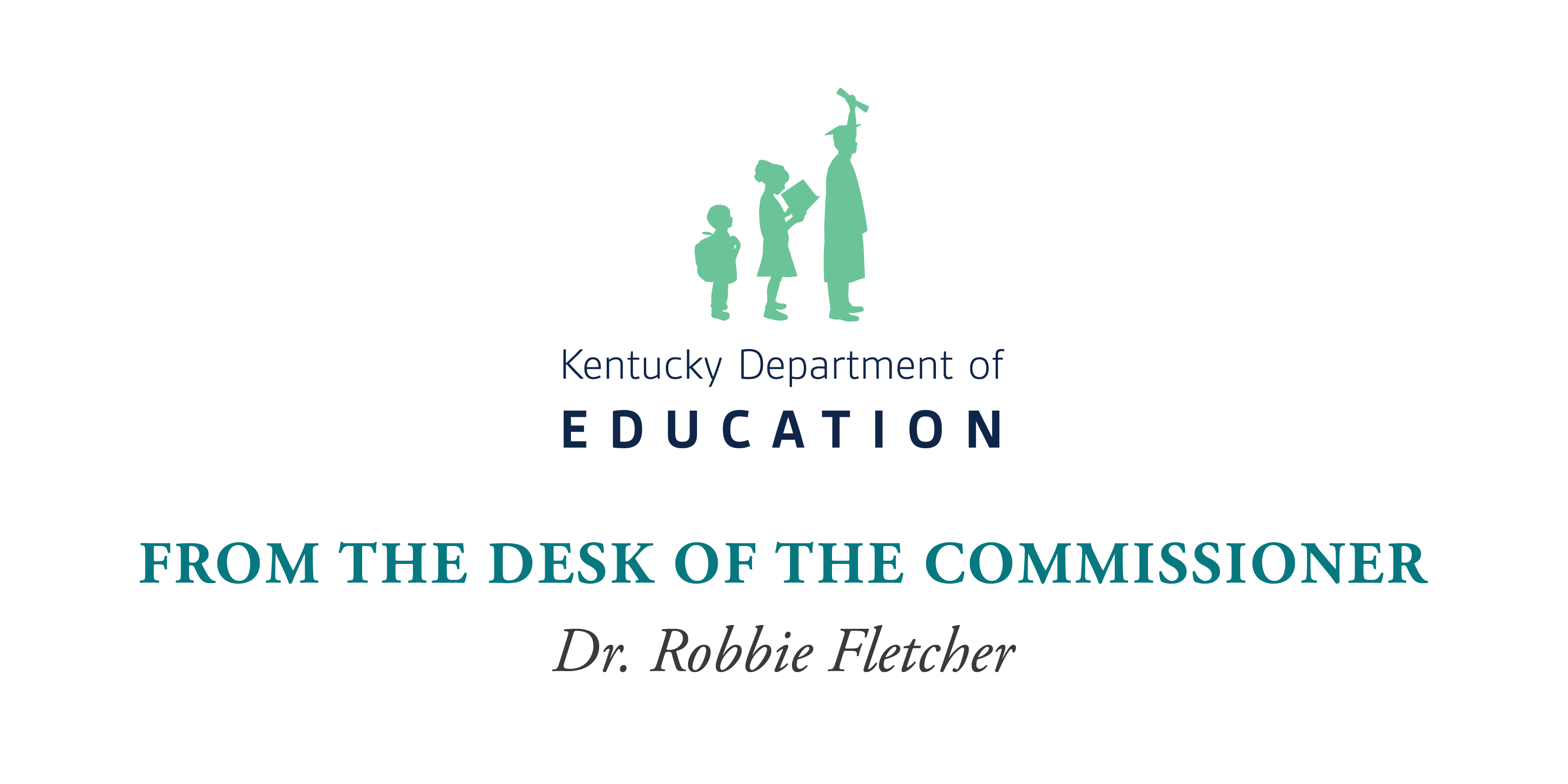
Members of the Kentucky Department of Education’s (KDE’s) Commissioner’s Student Advisory Council discussed chronic absenteeism in a virtual meeting on March 26.
KDE defines a student as chronically absent if they are present 90% or less of full-time equivalency, meaning the student has missed more than 10% of the enrolled time in school, including both excused and unexcused absences.
Ronda Devine, student tracking and data branch manager in the KDE, said the department tracks chronic absenteeism in the Kentucky Student Information System (KSIS).
Devine said chronic absenteeism reported in KSIS for the 2017-2018 and 2018-2019 school years was under 18%. During the pandemic the department was unable to track absenteeism.
“Due to blended learning and participation tracks, there was no true seat-time attendance tracking per class, most of the participation points were only tracked one time per day and we weren’t able to get true data,” said Devine.
The most current data Devine shared was from the 2022-2023 school year, when chronic absenteeism rose to nearly 30%.
Christina Watford and Florence Chang, both education program consultants in the KDE Division of Student Success, shared that two absences a month can affect student learning.
“That is a lot of missed instruction for all students,” said Watford. She also mentioned that in addition to all the missing work that students are trying to get caught up on, they must figure out if there is an opportunity for the instructional part of those assignments to be made up.
“Regardless of the grade level when we are missing instruction, a lot of times that instruction, it either can’t be made up or if it can be made up, it creates another obstacle and another wrinkle that the student has to navigate around,” she said.
Chang said the department’s findings show that post-pandemic, 75% of Kentucky students now attend schools with high or extremely high absenteeism, which is a significant increase from the 5% seen before the pandemic.
Watford and Chang asked the council members for some of the reasons they’ve heard from their peers as to why they are not attending school.
“The majority of absences I see at my school are due to the parents,” said Seth Langford, a sophomore at J. Graham Brown School (Jefferson County). “When I volunteered in the front office, the majority of tardiness was the parents being apathetic towards their attendance. Many of my peers have parents who simply do not care.”
Manas Garla, a sophomore at Western Hills High School (Franklin County), said that it could be in part because of a lack of motivation and a combination of technological advances.
“Students have placed less importance on school because they have felt like it isn’t the place for them and it isn’t benefiting them,” said Garla. “I think technology has also hindered attendance due to resources like Google Classroom. Now more than ever, it is extremely easy to do everything at home, so people don’t feel the need to show up if they can do the same work from the comfort of their own house.”
Watford also asked the students, based on their reasoning for students not attending classes, to brainstorm strategies or initiatives that may help attendance improve.
Nicholas Hazelett, a senior at Paintsville High School (Paintsville Independent), recommended finding a solution that is led by student peers.
“At least in my experience, kids that I know, especially that I know, are very deep friends to me. If you tell them, ‘Hey, why don’t you come to school tomorrow,’ and you put an emphasis as a friend you want to come to school, even if they don’t want to, they will because of you,” said Hazelett.
Watford mentioned working with students to develop peer-led attendance campaigns much like Sources of Strength does for mental health and suicide prevention.
“Some kind of program that would be universal I think would be beneficial because (students who are chronically absent) listen to us if we’re friends, maybe not authority, but they will at least listen to fellow students,” said Hazelett.
“Having those support structures built into the school environment is helpful,” said Watford in response. “I think this could help students be more connected with their classes and help flourish relationships amongst themselves.”
The next Commissioner’s Student Advisory Council is scheduled for April 24.




Leave A Comment